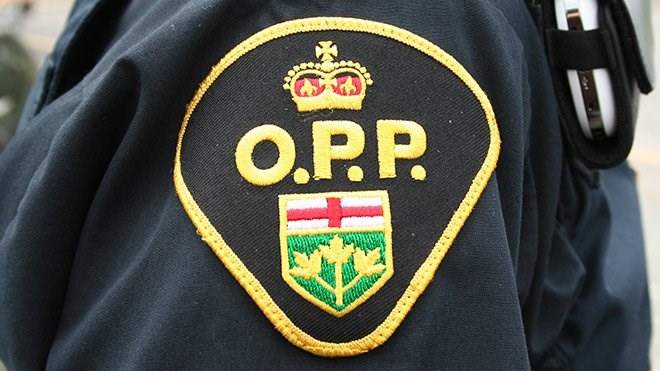NEWS RELEASE
ONTARIO PROVINCIAL POLICE
*************************
On Friday, Feb. 26, 2021, at approximately 2:15 p.m., members of the Nottawasaga Detachment of the Ontario Provincial Police (OPP) responded to a report of an attempted abduction of two students at Our Lady of Grace Catholic School in Angus, Essa Township.
By Friday evening, Nottawasaga OPP had identified the suspect vehicle, driver, and passenger and established that there was no threat to public safety. Thank you to our community members and local media partners for assisting in this process.
A thorough investigation ensued over the course of the weekend, and investigators have concluded that there was a misinterpretation of events. Thus, there was no criminal element involved in the incident.
Police have confirmed that the passenger associated to the vehicle was authorized to be present on school property and is known to the school community. It has been determined that there was no threat to student or public safety.
The following are some ways to of how to teach your children about personal safety:
-
Say it early, often, and very clearly- Tell your child: "Never go with anyone unless you come and ask me." Or, "I will tell you ahead of time if you're going with anyone other than me."
-
Talk about uncomfortable feelings- You can keep it low-key, but it's still important to talk about situations you know would make your child uncomfortable. Ask kids about any times they've felt strange, "off," or uncomfortable, and to describe how that felt. Thinking through these uncomfortable situations now can help keep your child safe later. If your child seems fearful or starts to get anxious while you're talking, back off a bit. This is a lot for kids to take in or express. Break down your child's present feelings and talk about them. Then, later on, you can go back and talk through the uncomfortable scenario more.
-
Talk about "tricky people"- The idea of strangers can be confusing for some kids. And some unsafe people are, unfortunately, people your kids actually know-people they may see on a regular basis. One way to explain who to watch out for is by talking about "tricky people." When your child is young, say, "Most people are pretty good. But some people have problems and they're not so good. It's my job to protect you from them." As kids get older, though, start to mention that they are in charge of their safety, too. And if they ever feel like someone, whether they know the person or not, is tricky, they can come to you to talk about it.
-
Be specific- Explain to your child some of the uncomfortable things unsafe people may do. For instance, they may pay a lot of attention to kids and even give them presents. They may be physical with kids even when kids ask them to stop. Unsafe people may also use inappropriate words to comment on how kids look. And unsafe strangers may ask a child for directions or to help them look for something, like a lost dog.
-
Role-play- Make sure your child knows it's OK to say no to people. It doesn't matter if your child knows the person or not. First, talk through what your child can do in situations that involve strangers. For example, what if the manager at the skating rink asks your child to carry something out to his car? Then, act out and role-play the situations that involve people your child may know, too. In other words, what if an unfamiliar neighbor invites your child in for a snack? Or if a relative keeps asking your child for "hugs and kisses"?
-
Make kids the "boss" of their body- It's crucial to tell kids that no one is allowed to touch their body in a way that makes them uncomfortable. That especially goes for bathing suit areas. If your child has to have physical exams with a doctor, attend the appointment and ask the doctor to explain what they're doing, to give more meaning to the exam. Many pediatricians and doctors will make a note to mention how kids are the "boss" of their bodies at each annual physical exam. Even if they don't, you can ask them to-and you can instill the message at home.
-
Give simple steps for scary situations- Have a list of steps your child can take the moment an uncomfortable situation happens. If your child is feeling weird at all, the following steps are appropriate:
-
Step 1: Loudly say, "NO!" (For kids who may have been constantly told to use their "inside voice," this can feel unnatural.)
-
Step 2: Run away. (Kids may not be used to being allowed to run from adults. Emphasize how important this is.)
-
Step 3: Find a trusted adult. (If your child is out in public and can't find you, tell your child to look for a parent who has kids with them.)
-
Talk about online stranger safety- Personal safety extends to your child's digital life, too, starting at ever-younger ages. It's important to teach kids what's appropriate and inappropriate online, where it can sometimes feel like anything is allowed. Create and instill boundaries where technology is concerned. Visit getcybersafe.gc.ca for valuable information
-
Keep the safety conversation going- Personal safety isn't something to just bring up once with your child. It needs to be part of regular, calm discussions. Start when your child is very young, and get more detailed in discussions as your child gets older.
*************************


